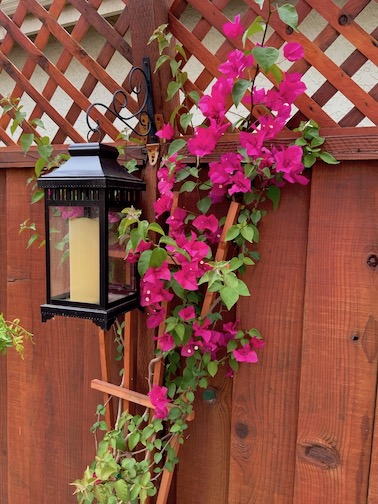As I write these words I’m listening to a collection of Beethoven overtures performed in 1991 by Claudio Abbado and the Vienna Philharmonic, gorgeously recorded and simply glowing with the radiance that the Philharmonic emits with such abundance. In some ways the Vienna Phil is Beethoven’s own orchestra, even if it was founded fifteen years after his death. The Philharmonic came about mostly to satisfy public craving for Beethoven’s orchestral works, symphonies and concertos and overtures alike. And it’s in Beethoven’s adopted home town. To hear the Vienna Philharmonic play Beethoven is to be present at a family gathering.
It’s an interesting collection, given that it omits the ‘big four’ overtures — i.e., the three Leonores and one Fidelio. Instead, we get the lesser-played Creatures of Prometheus and King Stephan and such, including the often maligned Namensfeier, for which I hold quite an affection. It ends in a simply hair-raising rendition of Egmont, those incredible piccolo swoops at the conclusion like whips of lightning. Abbado had a great relationship with the Phil, and they played their hearts out for him. (They aren’t always so free with their affection; saddle them with a conductor they dislike and they’ll sound like a third-rate pickup band.)
More to the present point, those overtures are as good an observation of Beethoven’s 250th birthday—December 16, 1770—as I can imagine. Not as well known as the whoppers, those epochal symphonies (3, 5, 9) that really and actually changed the arc of music history, the late string quartets, the big piano sonatas, they’re pure LvanB nonetheless, imbued with that irresistible spirit, that potent will for being, that makes him so much more than a collection of ink blots on paper.
It’s the sheer vitality of his life force that does it for me. Consider the common music-apprish bromide about his writing the tragic funeral march of the Eroica symphony while coming to grips with his encroaching deafness, pouring out his soul into a confession/suicide node, there in his rented room in Heiligenstadt. And yes, he was working on the Eroica then and there. But he was also putting the finishing touches on the 2nd symphony finale, music of downright volcanic optimism, struck through with shafts of blazing light, a torrent of rhythmic exuberance and melodic grandeur. A still young man (in his early 30s) facing a devastating personal catastrophe—a musician losing his hearing—and yet responding, not with bouts of self-pity intertwined with lugubrious whining, as might be reasonably expected from just about anyone, but with both the innate nobility of the Eroica’s second movement or that starburst of the 2nd symphony’s finale. Now that’s a class act.
You just couldn’t keep the guy down. He wasn’t any kind of nice, to be sure. Clumsy, tactless, temperamental, ill-groomed. Egregiously foolish in matters of the heart, challenged in his friendships, well-nigh incompetent in maintaining a decent home for himself. Drank way too much. But, I mean, come on. I can’t see how anybody could be Beethoven and retain much semblance of ordinary human behavior. Not with that thing happening in his mind all the time. It is reported that during the compositional process he was borderline insane, consumed by the act of creation. Of course he wasn’t that way all the time. He could sit down and scribble something professionally competent, to satisfy a commission or make a quick buck. But even his merely competent stuff has magic, and not just because it’s Beethoven and so confirmation bias assures that we will indeed find said magic. Beethoven at his absolute worst (think Wellington’s Victory, think A Glorious Moment) still has a lot to offer.
He isn’t alone on posthumous Olympus. Bach, Mozart, Haydn surely join him there at the summit. Close acolytes abound—Brahms, Schumann, Schubert, Handel, Tchaikovsky. But Beethoven is somehow apart, distinct from the rest. He’s the monarch of the Western musical tradition, no doubt. But as time passes — not only for all of us but for me personally — I am increasingly convinced that his kingship is absolutely and irrevocably earned. Over the years he has become ever more awe-inspiring, ever more heart-filling, and most of all, ever more indispensable.
So happy birthday, big boy. I wish we could do you up more proud this year, but we’re kinda preoccupied with this virus that’s killing a lot of us, impoverishing even more of us, and wreaking havoc on our economies. We can’t flock to our concert halls and give you the kingly festivals you so warrant. Maybe we can make up for it later. But we really don’t have to, do we? After all, you left us this imperishable legacy, this collective birthright. You provide us with undeniable evidence that we just might have potential for being more than a bunch of selfish jerks.
After all, once in a while somebody comes along who really and truly excels. Like Beethoven. He can’t make up for all of our miserable shortcomings as a supposedly intelligent species. But at least he was there. He was one of us. He was human. Dammit, that’s got to count for something.

